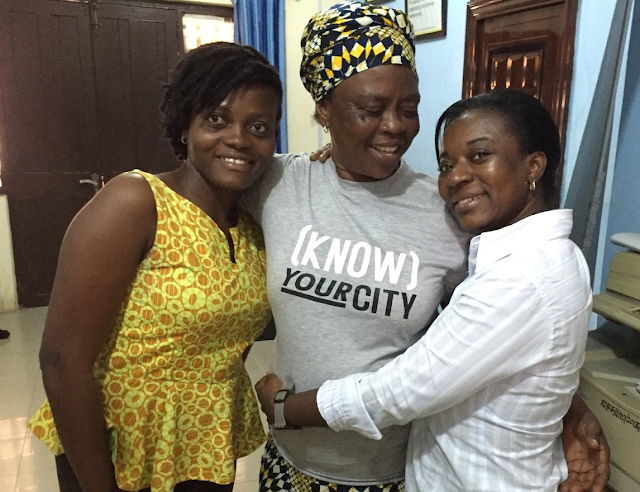Bi Aliraza Alidina, 1st year MDP student
Globalization, immigration, war, displacement,
economic struggles … these are words that define the world we live in. There is
a chain of interconnected factors – from history to contemporary politics –
that have shaped what is today Canada. Interestingly, one could ask: what is it
to be a Canadian? What is the essence of Canadian-ness? Just like a big chunk
of the modern globe, Canada is a new country. The country is new, but the land is not.
Land and its native inhabitants have always remained. The rest is a result of
colonialism, settlement, and immigration. History cannot be changed. There is
room to make future better, so that there is a positive trend in the history
seen from the near future. For that, we will have to focus on the ‘now’!
Winnipeg is a city with different dynamics amongst
which are a large urban Aboriginal population and an ever growing newcomer
population. The two communities share a lot in common: history, culture,
traditions, socioeconomic challenges, etc. There lies however many barriers and
misconceptions between the two. Without going into details on the reasons
behind it – something I am working on in my placement project – the primary
reason behind it is the lack of dialogue, positive interaction and
communication. Community organizations, settlement service providers and
grassroots groups can play a leading role in this regards. Through these
platforms, a safe space for dialogue can be created. In this safe space,
exchange can happen on diverse areas: history, culture, identity, experiences,
views, beliefs and so on. These exchanges – if done in a framework of respect
and understanding – can produce good results. Do such initiatives exist in
Winnipeg? For sure, they do!
 |
| Event poster |
I attended one such initiative titled Indigenous and Newcomer
Relations which took place on June 20th, the World Refugee Day. Interestingly,
the following day represented Aboriginal National Day. The event was organized
by 13 Fires Winnipeg in partnership with Social Planning Council of Winnipeg,
Manitoba Moon Voices, World University Service of Canada, and the Spence
Neighbourhood Association.
Group members shared their personal experiences and
observations on different aspects such as stereotypes that they have been
hearing about Indigenous peoples. It was interesting to hear people share about
commonalities in terms of spirituality, culture, language and history.





